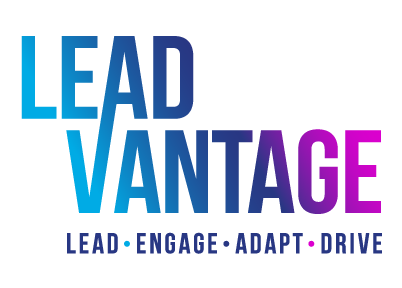You’ve heard the saying, “The nice guys finish last!“… but do they?
In Adam Grant‘s most recent book called “Give and Take: Why Helping Others Drives Our Success,” he masterfully illustrates the difference between being a taker, giver, or matcher.
The book’s premise is about how we choose to show up – not sometimes, but every time!
“Every time we interact with another person at work, we have a choice to make: do we try to claim as much value as we can, or contribute value without worrying about what we receive in return?” Adam Grant
Here are the three types of people on what he calls the “reciprocity spectrum at work.”
-
A taker: These leaders want to get more than they give. They put their own needs ahead of others, believe in high competition, and have an insatiable appetite to prove their competence. All this is at the expense of others.
-
A giver: These leaders are consistently other-focused, stepping up to the plate to give their time, energy, and skills for the betterment of others, not themselves.
-
A matcher: These leaders demonstrate a balance between giving and getting and follow the mantra of tit for tat in their relationships.
We often paint givers as weak and equate their generosity as a roadblock to success. Grant sees givers as the opposite. According to studies, givers who deploy the right strategies dominate the top of the success ladder and have a cascading impact on others, where their behaviour inevitably changes the behaviour of those around them. Moreover, their self-sacrificing ways quickly garner trust, build goodwill and establish a personal brand of leaders who others believe in and are willing to follow.
A leader has ”the elements of greatness, combined with goodness …” Adam Grant
Before you give them a bad rap, here are some ways in which givers add value to our organizations:
-
They share their knowledge and information openly and readily.
-
They understand the importance of and promote collaboration.
-
They help others solve problems, which expands learning and growth for all parties involved.
-
They have greater access to opportunities due to their relationships with those around them.
-
They are more dependable, helpful, caring, and compassionate.
-
They are movers and shakers, seeing networking as a way to connect with new people and ideas.
-
They show respect for people who speak up.
-
They also motivate others to give.
Don’t we all want leaders in our organizations who do just this?
We loved the introduction of the five-minute favour: “You should be willing to do something that will take you five minutes or less for anybody.”
So, this begs the question, how do you approach most people, most of the time? Are you a giver?





